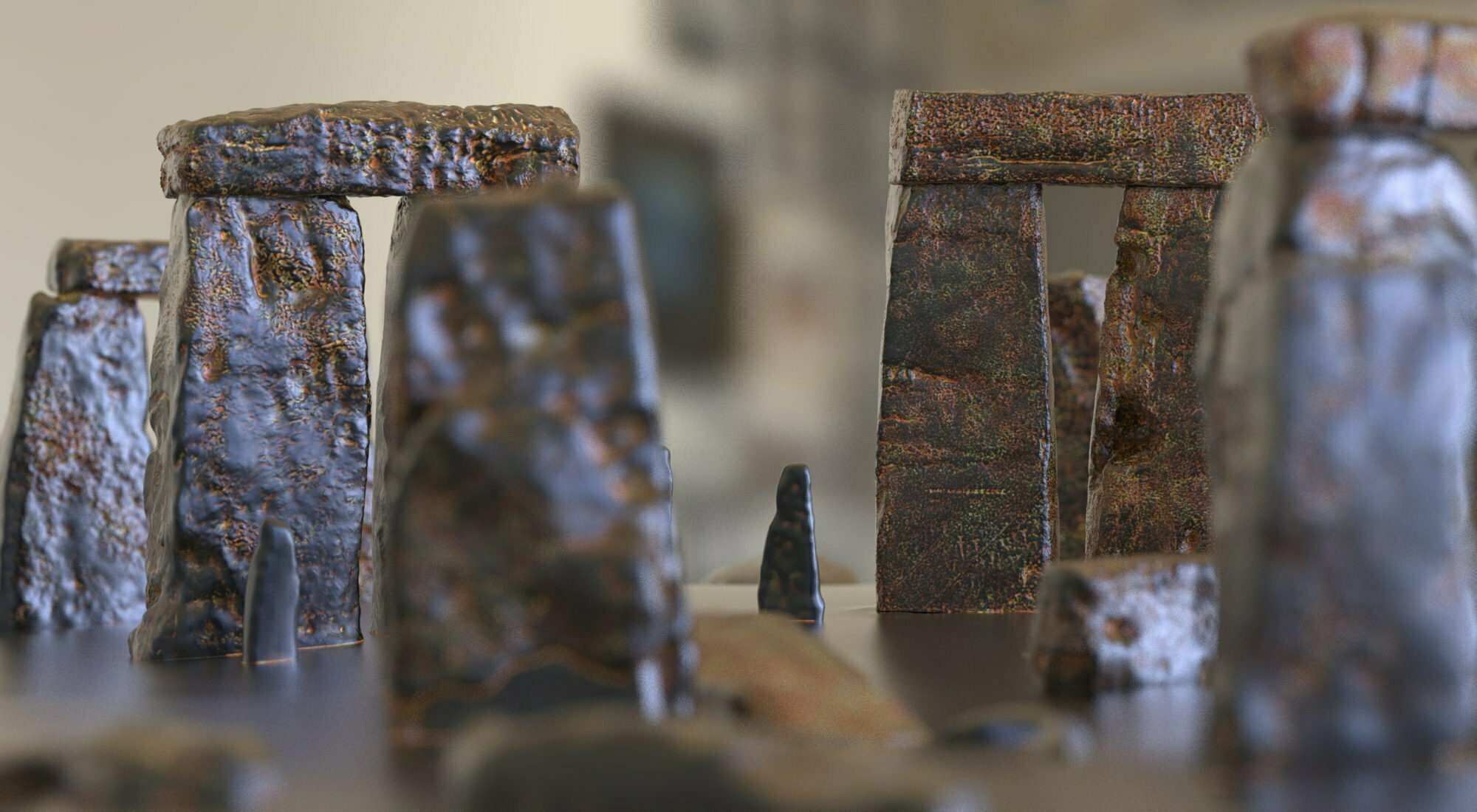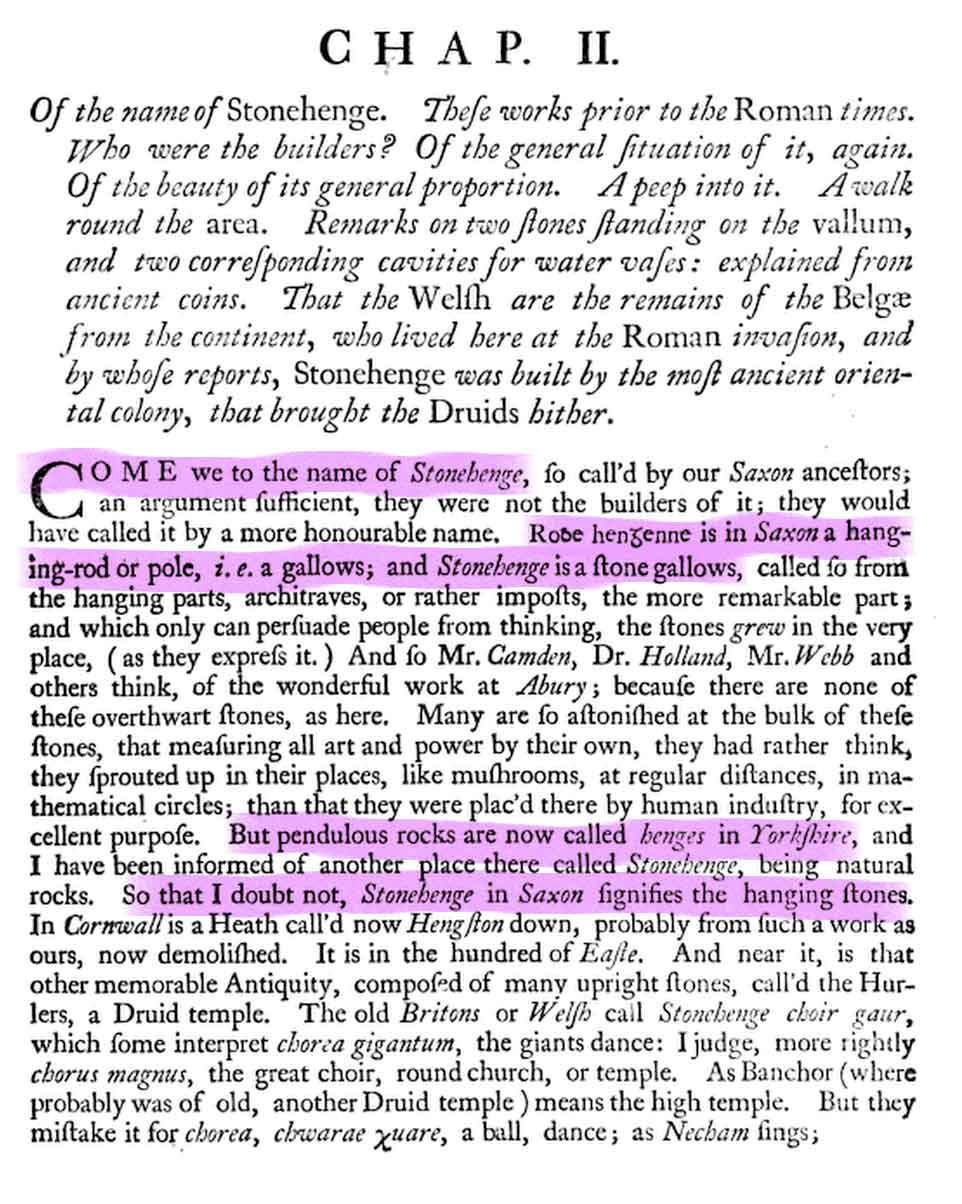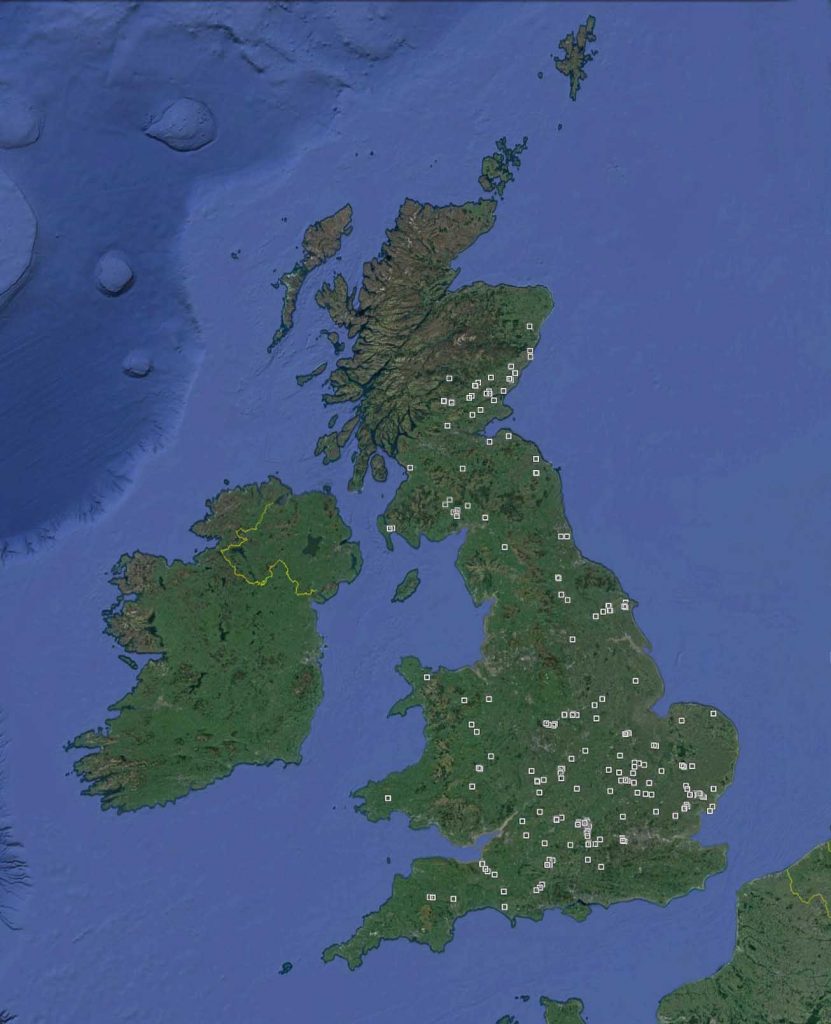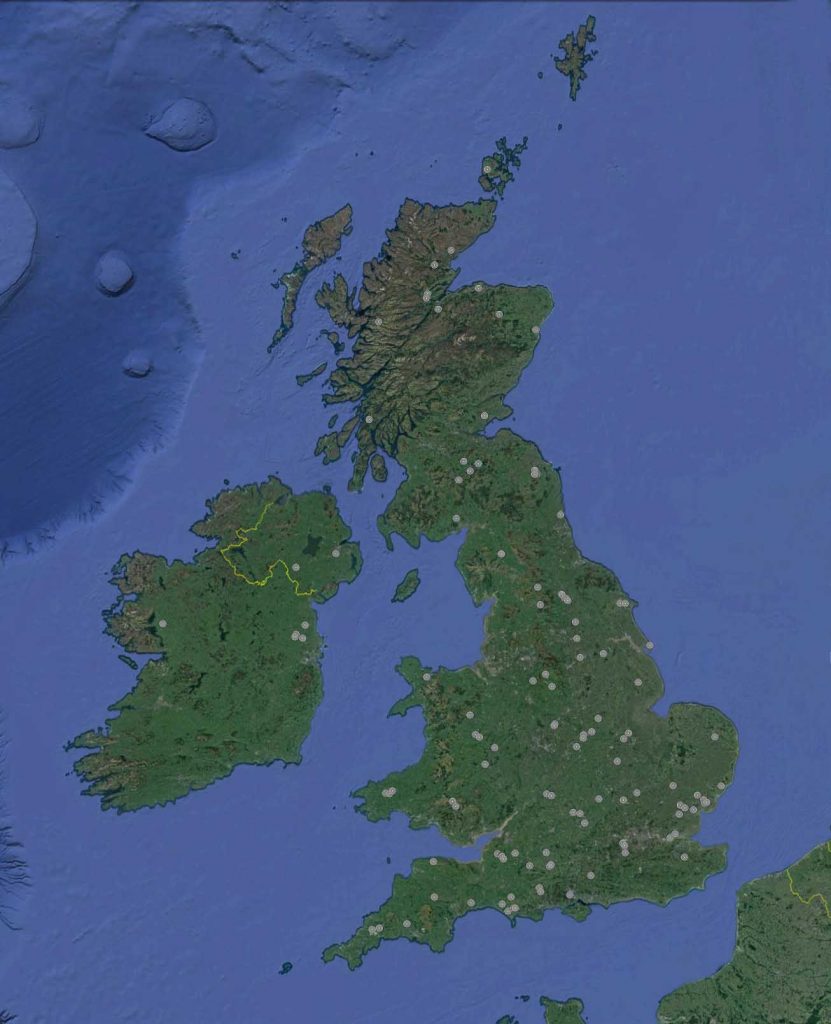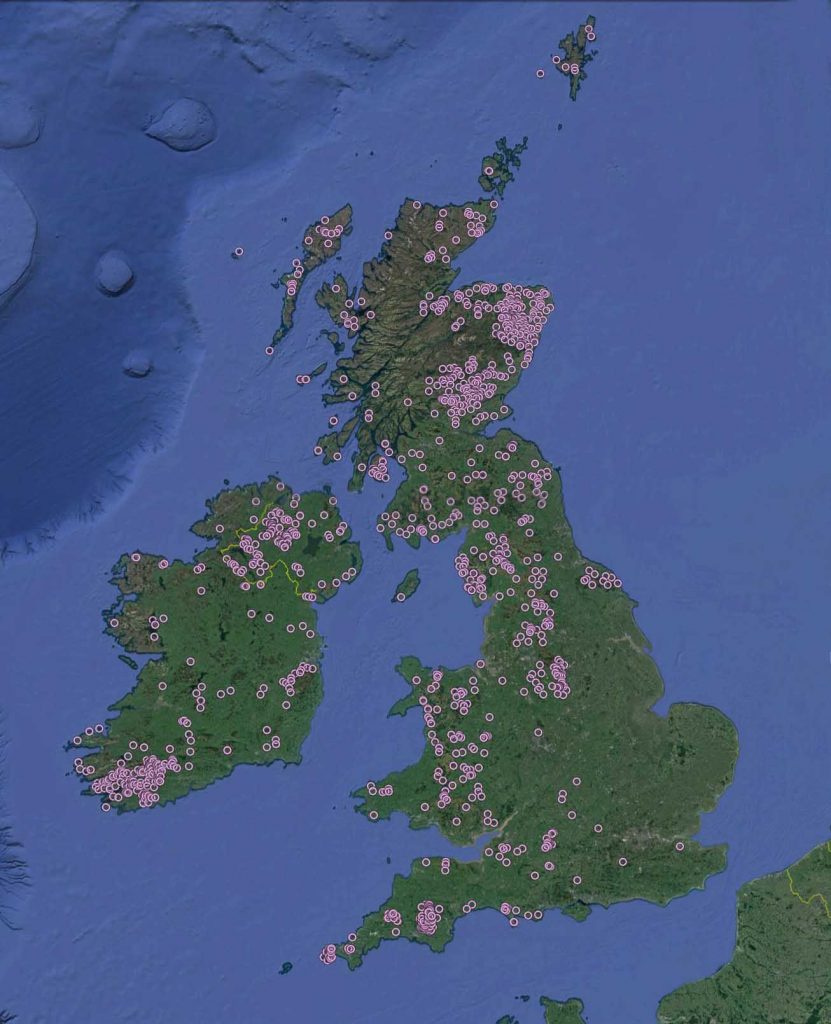Stanenges – a Saxon word
Precipice
For just the word henge with no reference to Stonehenge itself, The Oxford English Dictionary cites the eleventh-century abbot Ælfric of Eynsham‘s glossary, in which henge-cliff is given the meaning precipice. Later writers like the Norman archdeacon, Henry of Huntingdon actually mentions Stanenges around 1129 and Geoffrey of Monmouth in The History of the Kings of Britain spelled it as Stanheng in 1136.
The Saxon stan is easily understood to be stone.
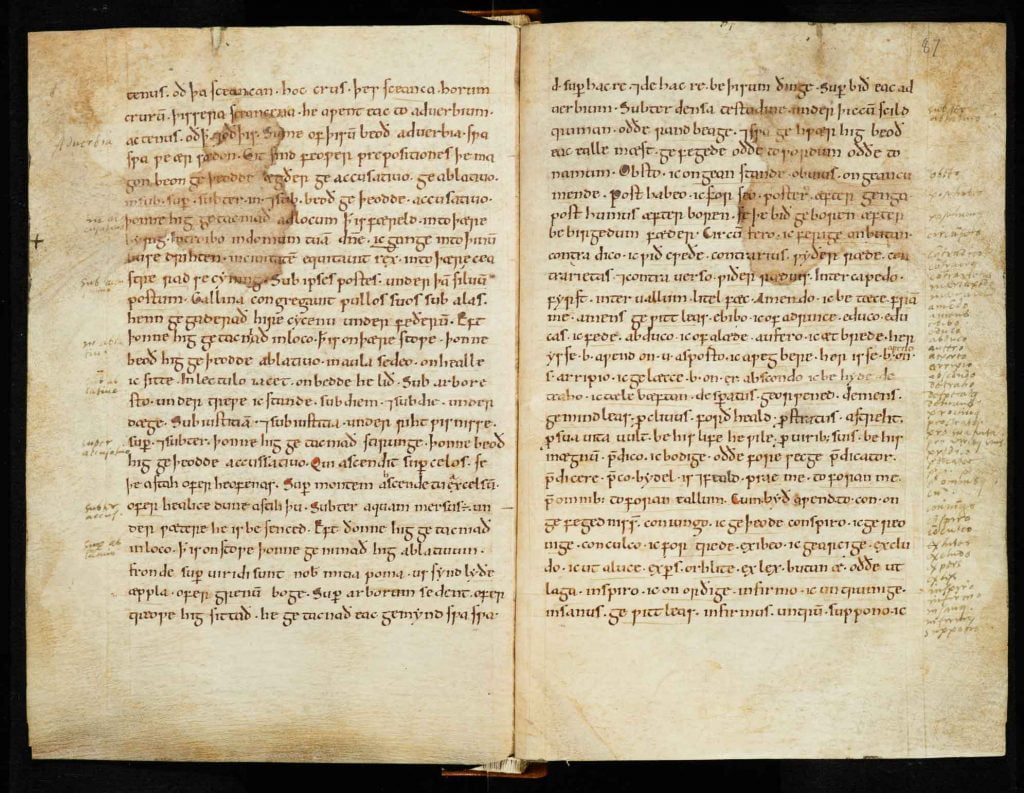
Hanging
Stukeley linked the Latin word pendĕre which means hang…
But pendulous rocks are now called henges in Yorkshire, and I have been informed of another place there called Stonehenge, being natural rocks. So that I doubt not, Stonehenge in Saxon signifies the hanging stones.
Stonehenge, A Temple Restor’d to the British Druids, by William Stukeley, 1740
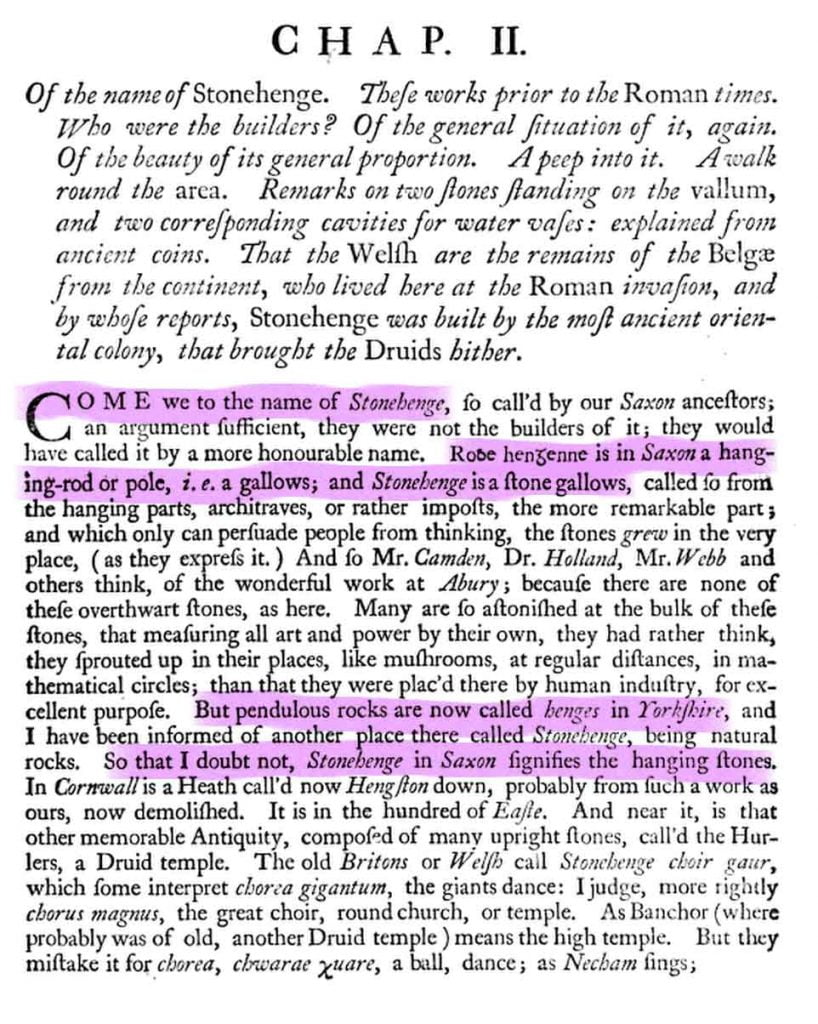
By William Stukeley in 1740
Hinge or gallows
Christopher Chippindale’s 1994 book Stonehenge Complete gives the derivation of the name Stonehenge as coming from the Old English words stān meaning stone, and either hencg meaning hinge (because the stone lintels hinge on the upright stones) or hen(c)en meaning hang or gallows or instrument of torture. Like Stonehenge’s trilithons, medieval gallows consisted of two uprights with a lintel joining them, rather than the inverted L-shape more familiar today. (Christopher Chippindale is editor of the international archaeological journal Antiquity.)
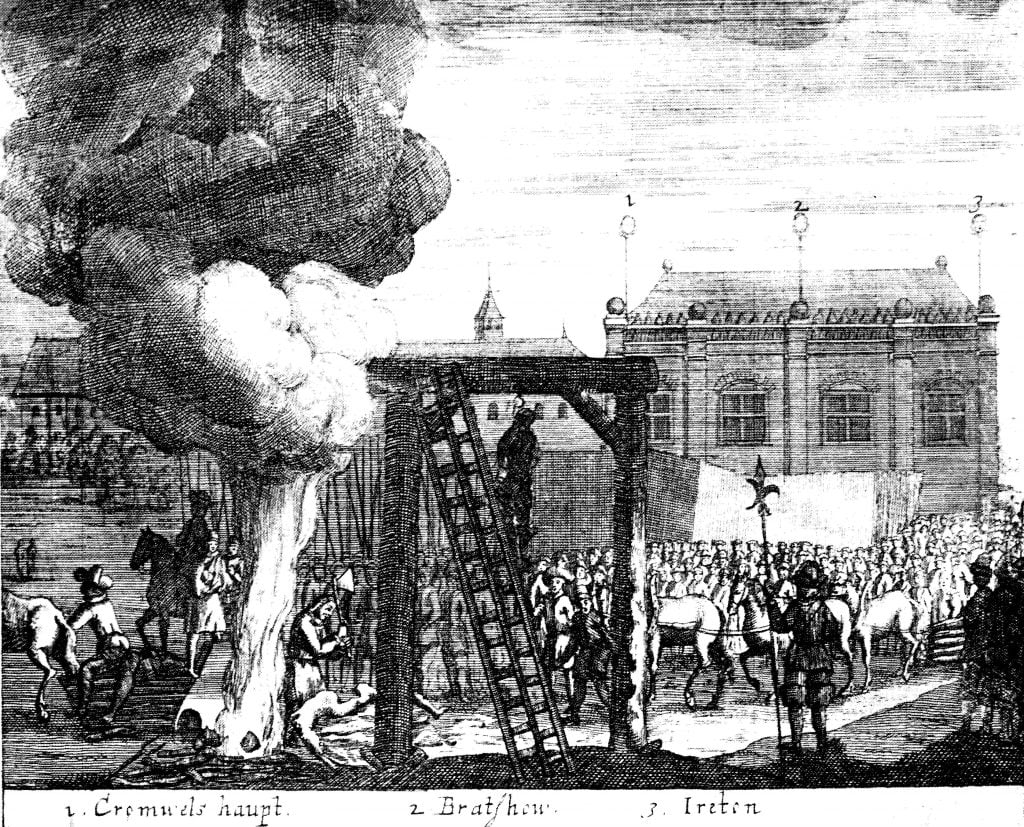
Block of woodland
A patch of wood on the horizon is very distinctive. In old Anglo-Saxon they are known as hangers or hangings from the Anglo-Saxon hangra – a wood on a hillside. Then, Stānhangra – a stone wood on a slope. (From Sarsen.org)
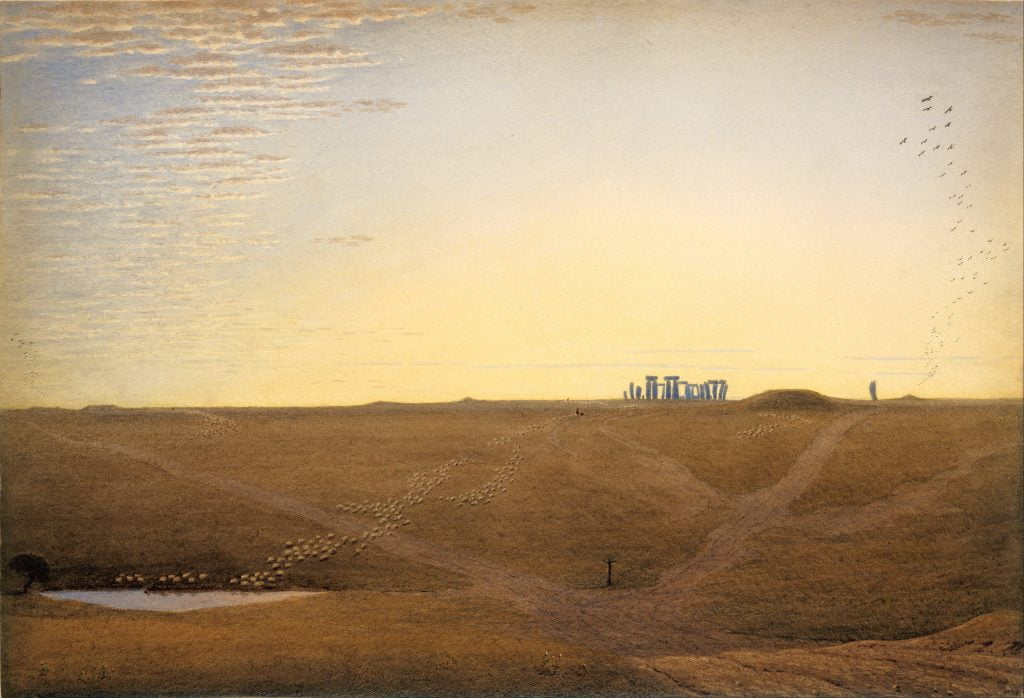
What did the builders call it?
Over 1,500 years of use
The trouble with Ælfric’s, Stukeley’s, Chippindale’s interpretation is that the compound word Stonehenge is not very old, comparatively. The Anglo-Saxon age in Britain was from around AD410 to 1066 – only some 500 years. Since the stones went up some 4,600 years ago, who cares what the Saxons called it.
Giants’ dance
The Old Welsh – a more Celtic a language that appeared in Central Europe around 1200BC is far older than Saxon. Stukeley, again has an idea…
The old Britons or Welsh call Stonehenge choir gaur, which some interpret chorea gigantum, the giants’ dance: I judge, more rightly chorus magnus, the great choir, round church, or temple.
Stonehenge, A Temple Restor’d to the British Druids, by William Stukeley, 1740
BTW giant in modern Welsh is spelled as cawr but the complicated vowel mutations means c turns into a g and likely the u is an anglicisation of the w.
Celts, like Saxons, are incomers to Britain. Celts would have arrived around 700 BC – long after Stonehenge fell out of use, or at least when any building stopped around 1600 BC. It is the Beaker people who would have known the right names, as they arrived in Britain around 2500 BC. It’s around 2600 BC that the bluestones are moved from the Preseli Hills. Although the Stonehenge ditch, preceding any stone or wooden structures started around 3100 BC.
Perhaps Stonehenge had several names during those 1,500 years of use. Perhaps it had different names at different times of the year. Or even for different uses.
And if you take the three/four wooden posts in the Stonehenge Visitor car park as being the first ritual activity in the area, put in 10,000 years ago, there’s continuous use spanning some 6.400 years.
Stone circle cult
It’s recently been suggested that the stone circle cult originated in the Orkney Islands and moved down through Scotland down to Wiltshire spawning around 1,000 other stone circles across Britain. That being said, the stone circle The Ring of Brodgar has a current date around 2500 BC to 2000 BC (the site has resisted attempts at scientific dating and the monument’s age remains uncertain). While the Ness of Brodgar was started around 3,300 – 3,200 BC which is only 100 years before the first Stonehenge ditch.
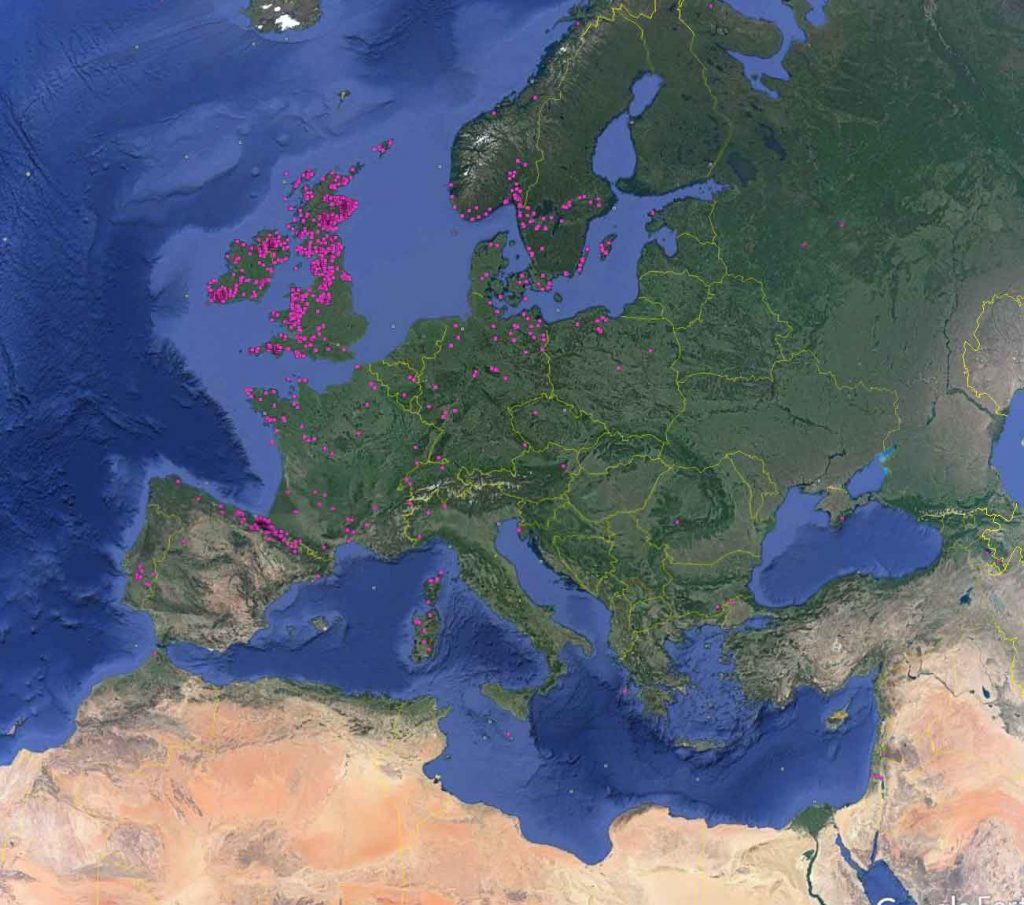
Get the stone circles Google Earth KML file from Megalithic
Though Stonehenge ditch may well be a henge and we know that there are around 100 henges around Britain, they’re generally older than the stone circles. The earliest henges were built as early as 3,200 BC, but the majority were made between 2,800 and 2,200 BC. And that cursus preceded henges – the Stonehenge Cursus has recently dated at 3,500 BC. Could it be that there was a cursus cult, then a henge cult, then a stone circle cult?
